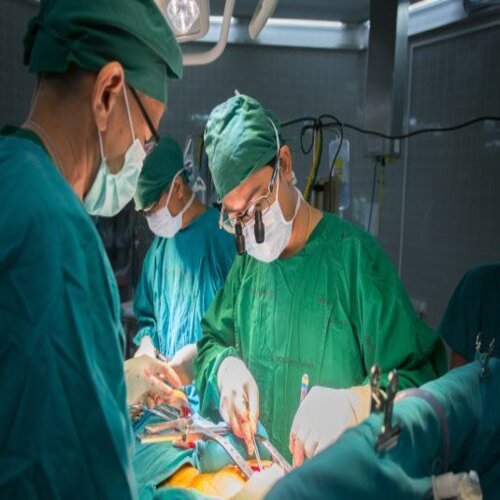Renal Angioplasty
$2.640,00
Understanding Factors Affecting Renal Angioplasty Cost
The total renal angioplasty treatment cost at Yashoda Hospitals is dependent on several factors such as:
- Duration of hospital stay
- Hospital room charges
- Other treatment procedures that need to be carried out in addition to renal angioplasty.
- Diagnostic procedures such as MRI scan, CT scan, angiography, etc
- Doctor consultation fees
Miscellaneous charges such as anesthesia, operation theatre charges, cost of food and beverages, etc
Product Description
Renal Angioplasty is a treatment procedure for renal artery stenosis. In this procedure, a small flexible tube called a catheter may have a tiny balloon of a stent attached to the end. This catheter is positioned inside the renal artery and with the help of the stent keeps the artery open to rectify the blood flow to the kidney. It is a minimally invasive procedure to widen the artery that may have narrowed due to plaque formation due to excess fats, cholesterol, etc.
In order to ensure whether a patient needs this procedure and to identify renal artery blockages, certain diagnostic assessments are used such as angiography, magnetic resonance angiography, computed tomography angiography, duplex doppler ultrasonography.
Renal Angioplasty Procedure
The procedure has various steps:
- Administration of a local anesthetic to the patient at the site of the femoral access followed by insertion of an arterial sheath into the femoral artery.
- Positioning a renal guide catheter into the renal artery through a guidewire.
- Injecting a contrast dye through a manifold connected to the catheter to produce an image during cine angiographic recording.
- A guidewire is then used to place the balloon to allow the artery to remain open. The balloon is connected to an inflating device that contains an equal amount of the contrast agent and saline solution.
- The balloon moves beyond the distal end of the guide catheter and the catheter is removed.
- After ensuring that the position of the balloon is correct, it is inflated by increasing the pressure using the inflating device.
- The balloon is deflated after its course of time and pulled back into the guide catheter. Angiography is performed later to evaluate the success of the procedure.
There are certain risks associated with renal angioplasty procedures such as damage to the renal artery, blood clotting or bruising at the site of catheter insertion, bleeding around the site, allergic reaction to the contrast agent, or stent misplacement.
Restenosis in the case of renal stenosis is the condition that occurs when the renal artery gets blocked again after a few years of surgery. It affects a certain category of people such as people with extremely narrow arteries, ages 65 and above, women are at a higher risk of restenosis, people addicted to smoking, alcohol, etc.









Reviews
There are no reviews yet.